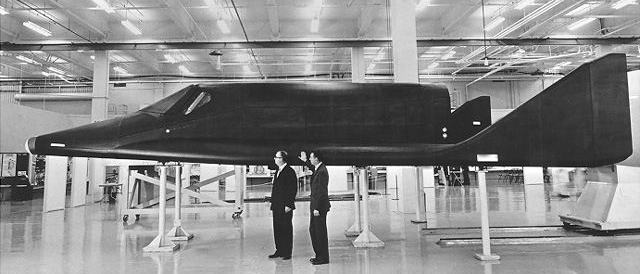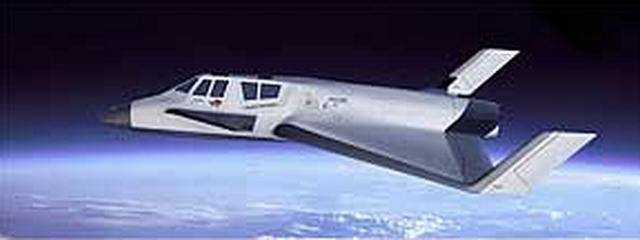D
docm
Guest
Rather than up and down this configuration would be capable of transoceanic hypersonic transportation. The booster looks a lot like the artwork Scaled/Virgin showed for LauncherOne (small satellite launcher) at a conference a few months ago.
FlightGlobal article....

FlightGlobal article....

As well as SS2, developed under Scaled Composites' Tier 1b programme (SpaceShipOne was developed under Tier 1), Virgin Galctic's president Will Whitehorn has spoken of a hypersonic point-to-point service. This would provide a rapid trans-Atlantic trip or the oft mooted 2h London, England to Sydney, Australia journey.
This would use a vehicle that has been called SpaceShipThree (SS3).
Although SS3 has also been referred to by Whitehorn as an orbital vehicle, and a SpaceShipFour as a possible name for a two-stage micro satellite launching rocket, at the New York SS2 and its carrier aircraft White Knight II unveil Whitehorn told me that SS3 would actually be a point-to-point vehicle travelling outside the atmosphere.
Such a point-to-point vehicle could be a stepping stone to solving the technical challenges for a manned orbital vehicle but for now, Whitehorn, tells me, he expects work to begin on SS3 soon after Virgin Galactic's commercial operations are underway.
Whitehorn envisages a 2012 timeframe for detailed SS3 work to begin using capital market financing, which Whitehorn expects to be available in the wake of a successful Virgin Galactic service.
But why do I think that SS2 could be an insight into SS3? It is because of the choice of a Dyna-Soar inspired design for the suborbital tourism vehicle.
While SS2 will likely not travel any faster than Mach 3, Dyna-Soar was designed for Mach 5. The choice of a twin-fuselage configuration for SS2's carrier aircraft White Knight II is also a potential SS3 related decision.
>





